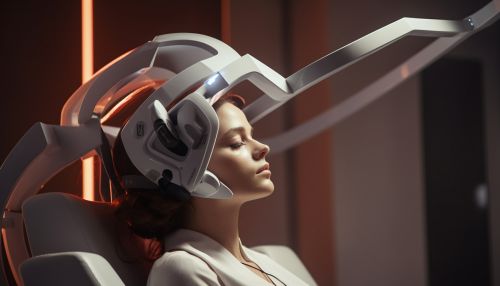Magnetoencephalography
Introduction
Magnetoencephalography (MEG) is a non-invasive technique used for measuring the magnetic fields produced by the brain. This technique is primarily used in the field of neuroscience, specifically in the study of neurophysiology and cognitive neuroscience. MEG provides a direct measurement of the electrical activity of the brain, offering a high temporal resolution and a reasonable spatial resolution.
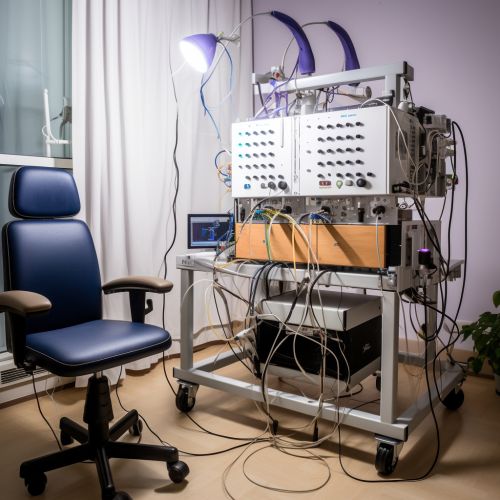
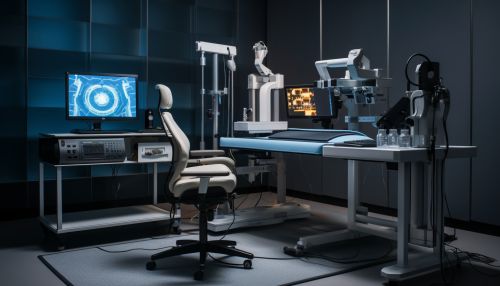
History
The concept of MEG was first introduced in 1968 by David Cohen of MIT. He used a superconducting quantum interference device (SQUID) to measure the magnetic fields associated with alpha rhythm, a type of brain wave. Since then, the technology has been refined and is now used in clinical and research settings worldwide.
Principle of Operation
MEG operates on the principle of electromagnetic induction. The brain's electrical activity generates a magnetic field, which can be detected and measured by the MEG device. The device consists of multiple SQUID sensors, which are extremely sensitive to changes in magnetic fields. These sensors are arranged in a helmet-like structure that is placed over the subject's head.
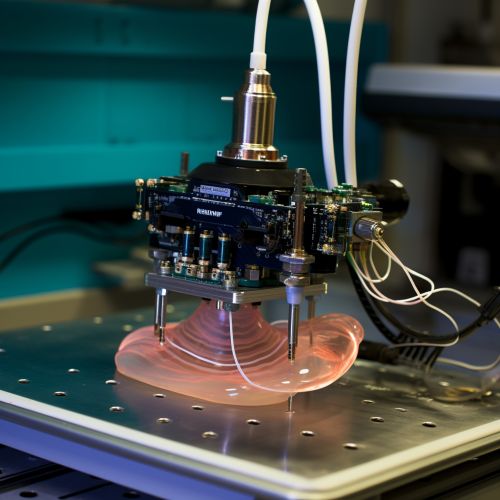
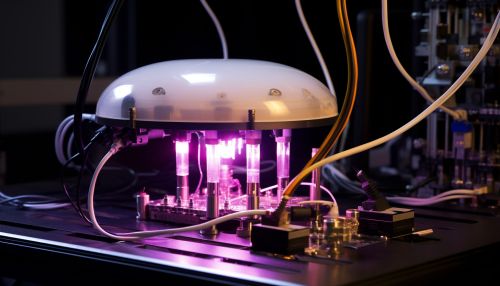
Data Acquisition and Analysis
The data acquired by the MEG device is typically in the form of a time series, representing the magnetic field strength over time at each sensor location. This data is then analyzed using various signal processing techniques, such as Fourier analysis or wavelet analysis, to extract meaningful information about the brain's activity.
Applications
MEG has a wide range of applications in both clinical and research settings. In clinical settings, it is used for pre-surgical planning in patients with epilepsy or brain tumors. In research settings, it is used to study cognitive processes, such as attention, memory, and language.
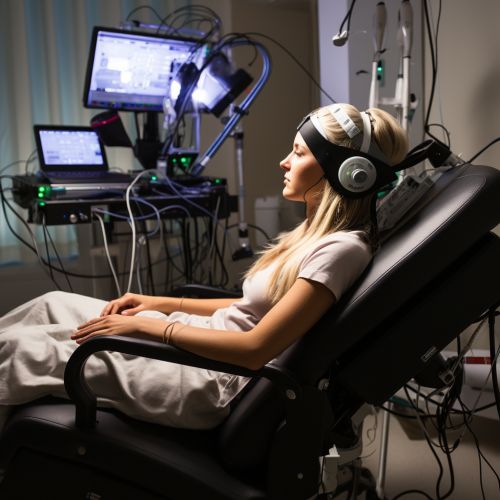
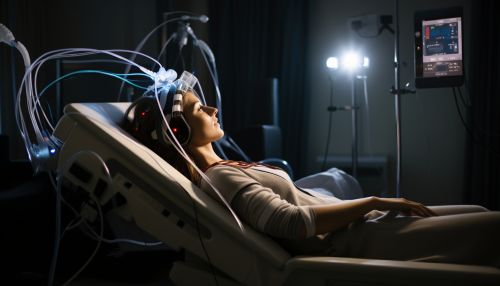
Advantages and Limitations
MEG has several advantages over other neuroimaging techniques. It provides direct measurements of brain activity, has high temporal resolution, and does not require the use of ionizing radiation. However, it also has some limitations. The spatial resolution of MEG is not as high as that of some other techniques, such as functional magnetic resonance imaging (fMRI). Additionally, MEG is sensitive to movement artifacts, making it challenging to use with certain populations, such as children or individuals with movement disorders.
Future Directions
The field of MEG is continually evolving, with ongoing research aimed at improving the technology and expanding its applications. Future directions include the development of more sensitive sensors, the integration of MEG with other imaging techniques, and the application of advanced data analysis methods.

